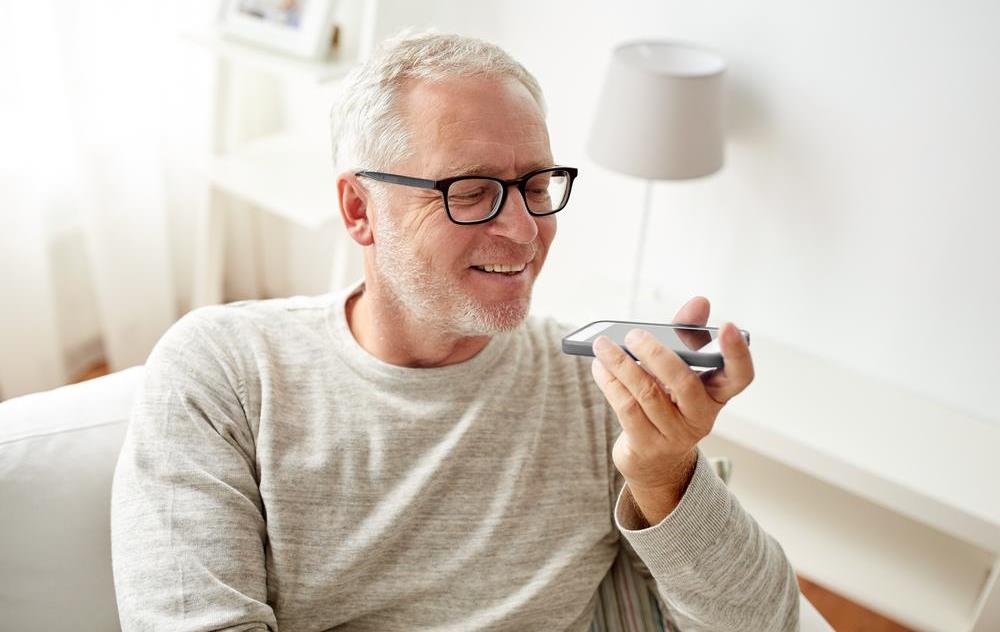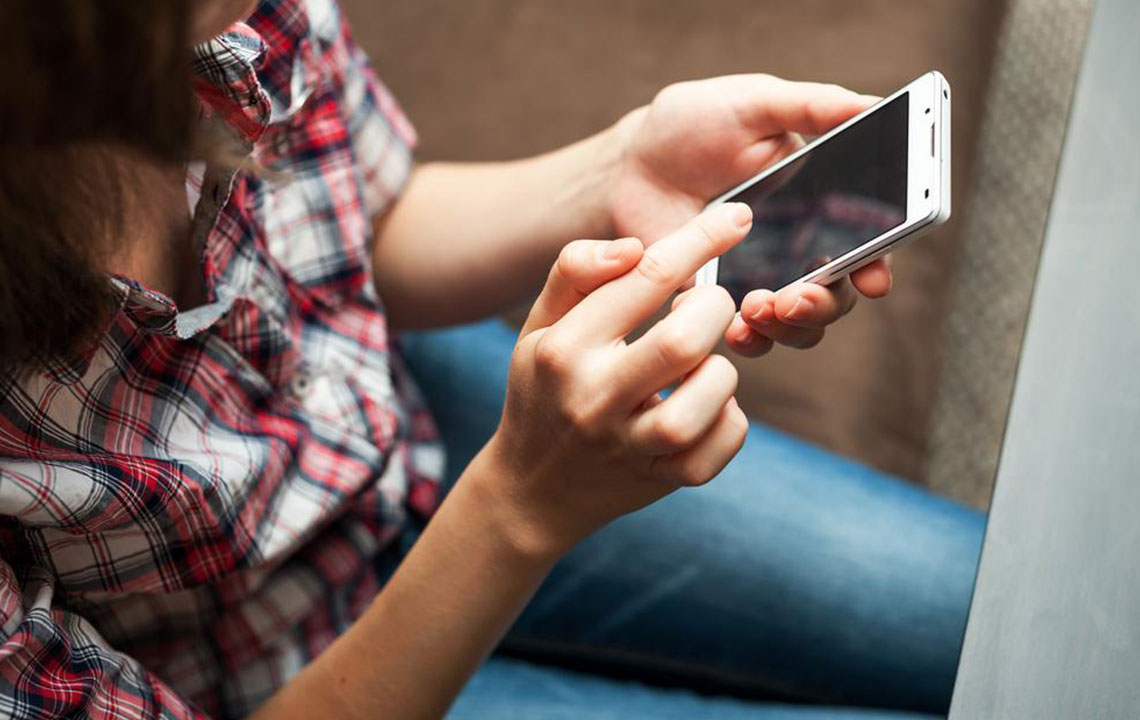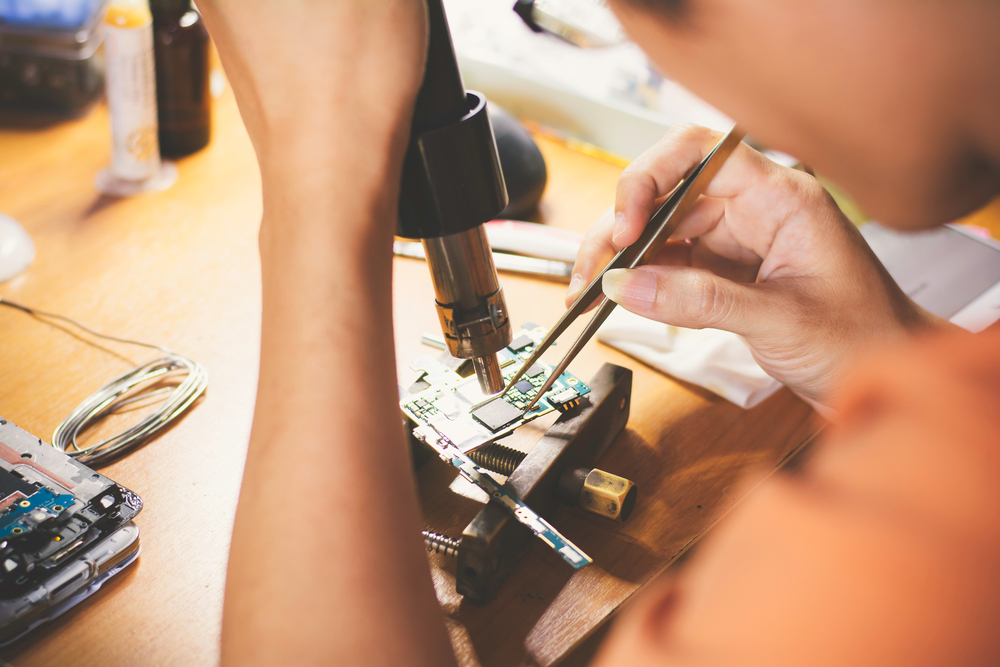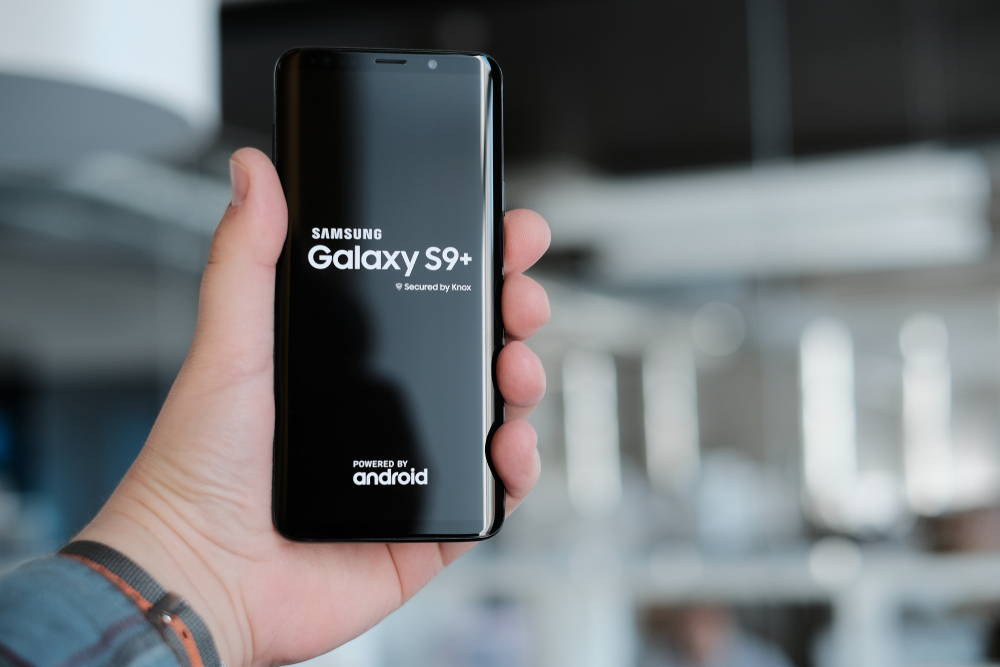Understanding Senior Preferences in Mobile Devices and Service Plans
This article explores what seniors value in mobile devices and plans, highlighting adaptations for their needs. It discusses specialized phones like Jitterbug, the barriers faced by seniors in adopting technology, and the importance of easy-to-use, affordable options. The piece emphasizes the importance of accessible devices and services for maintaining independence and connectivity among older adults, offering insights into senior-friendly features and providers tailored for this demographic.

Understanding Senior Preferences in Mobile Devices and Service Plans
With seniors making up approximately 14.5% of the population, their needs and preferences are increasingly important. Currently numbering over 46 million, this demographic is gaining noticeable presence in society. While many seniors have been surprised by the smartphone revolution, they often use mobile technology less frequently. They seek affordable, user-friendly phones that incorporate modern features designed to accommodate their physical and cognitive needs.
Brands like Jitterbug offer specialized phones and plans tailored for seniors. These models feature larger screens, improved visibility, simplified interfaces, emergency buttons, and easy grip designs. They support accessible calling, texting, and data options—all crafted to enhance usability for older users.
Research indicates that seniors tend to be cautious with new technology, often adopting devices more slowly than younger populations. About 41% do not use the Internet, and 53% see no need for home connectivity. Many avoid smartphones due to factors like fear of unfamiliar environments, limited confidence, lack of information, and perceived complexity. Additional barriers include economic constraints, health issues, and skepticism about the benefits of new devices.
The senior age group is diverse, with variations based on health, income, education, and physical or mental abilities. Older seniors (75-79) often prefer simple, functional devices that are easy to learn and operate. Geriatric experts note that technology adoption tends to decline with age, emphasizing the importance of accessible designs.
In response, companies like GreatCall offer products like Jitterbug phones—available in flip and smartphone styles—specifically designed for seniors. These phones feature large buttons, easy-to-read displays, loud audio, and hearing aid compatibility, catering to reduced reaction time, eyesight, hearing, and coordination. Affordable plans with pay-as-you-go options, no contracts, and educational support make these devices practical and comfortable for seniors.
Jitterbug phones include emergency buttons, daily medication reminders, and direct access to trained customer support, fostering a sense of security and connectivity. Seniors can easily stay connected with loved ones, enhancing their independence and engagement with the modern world.










